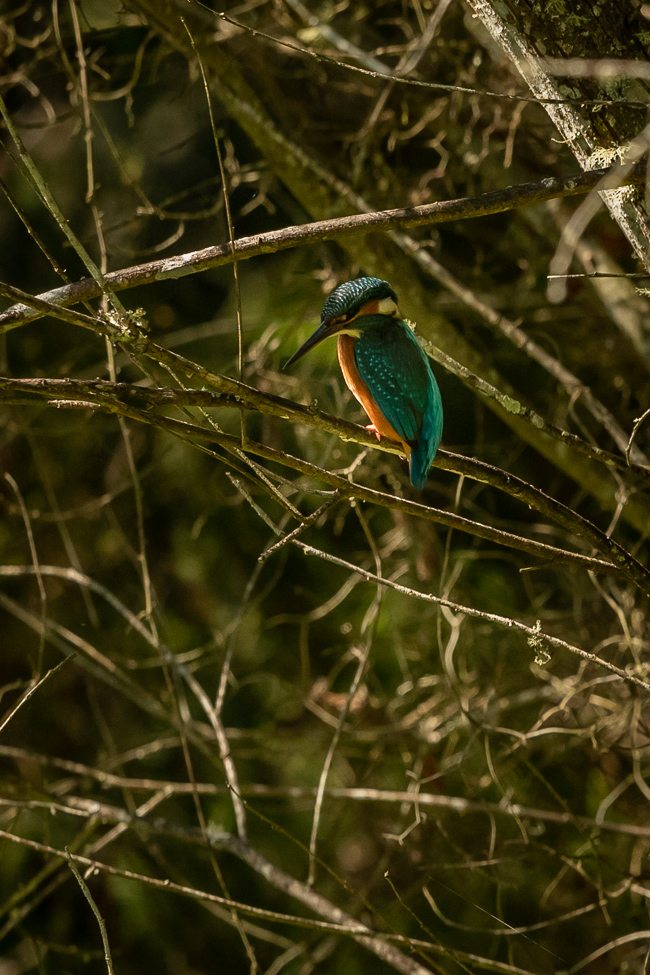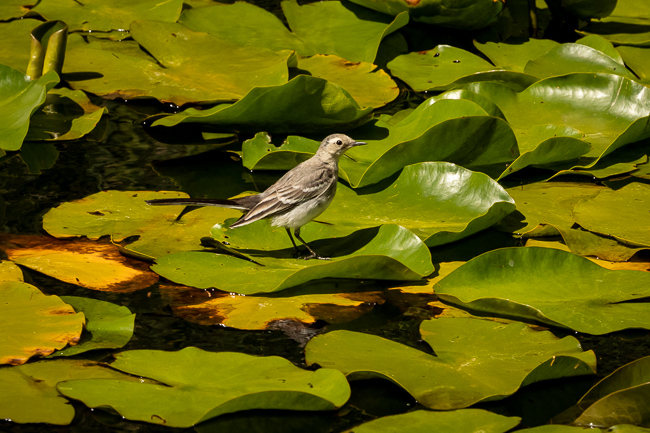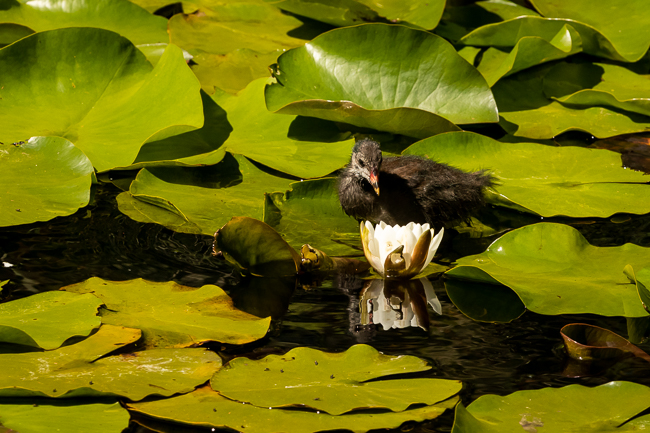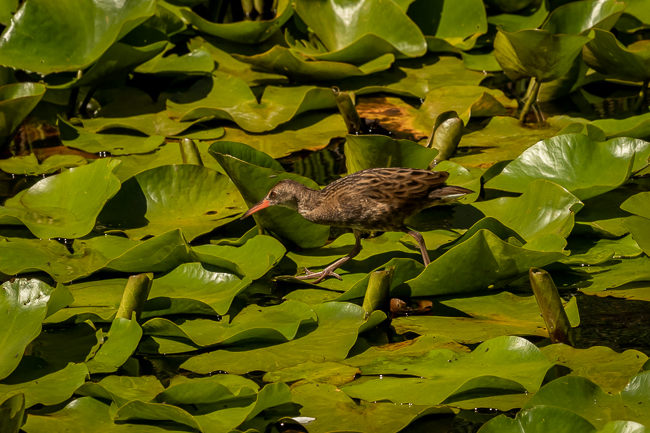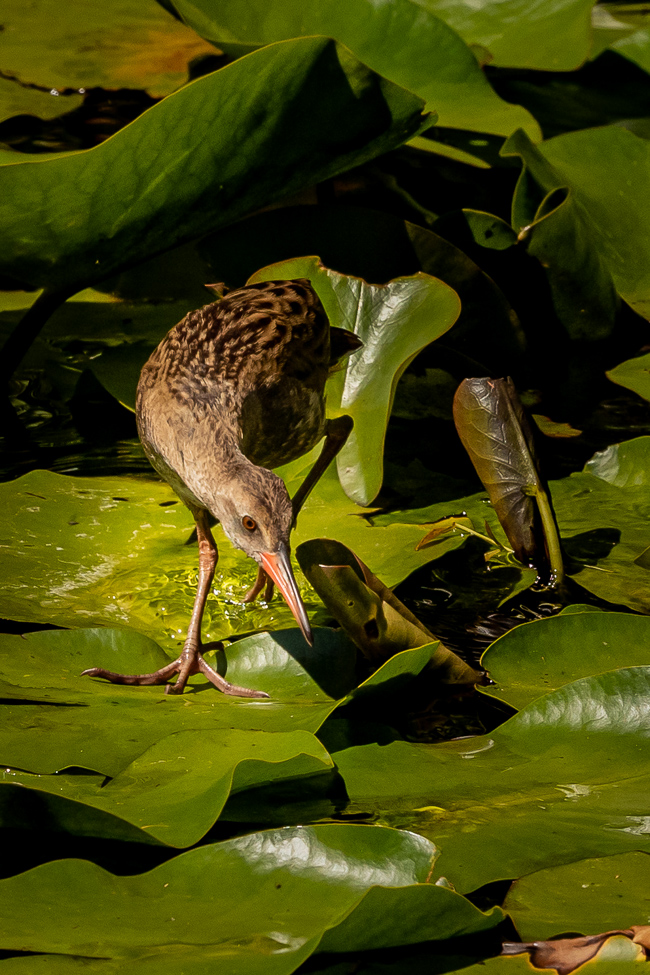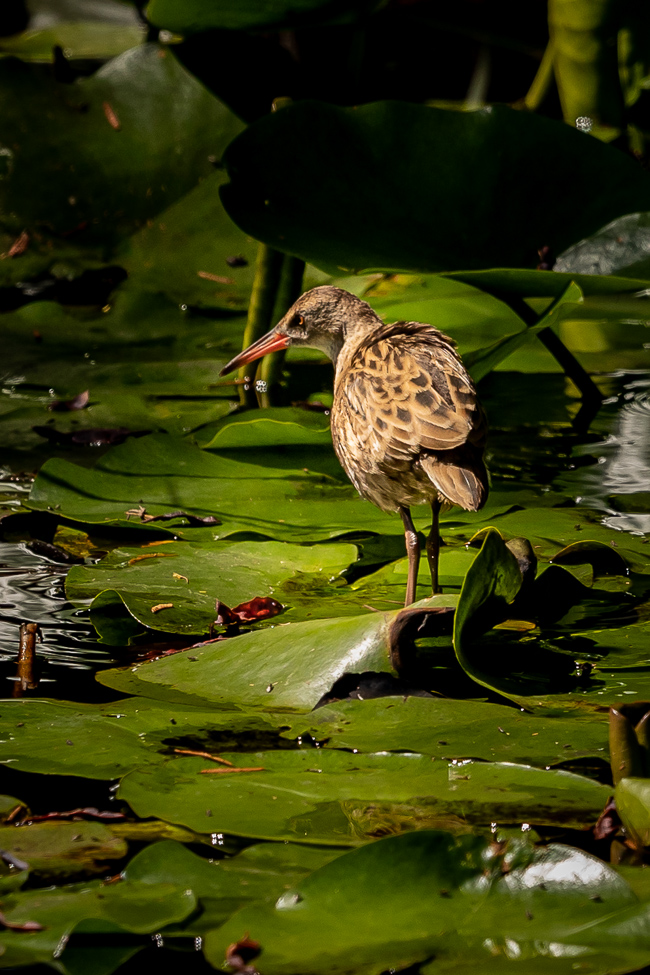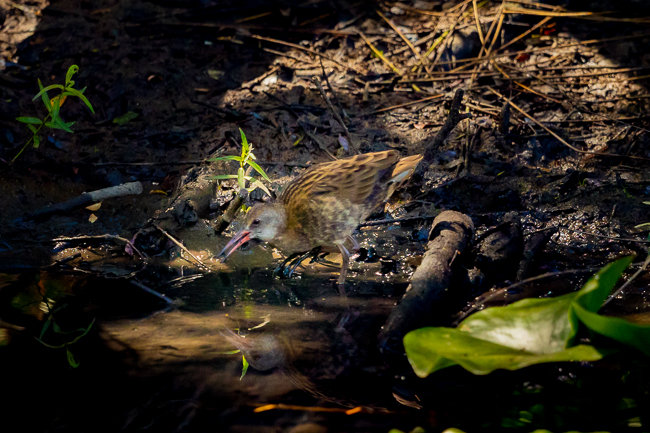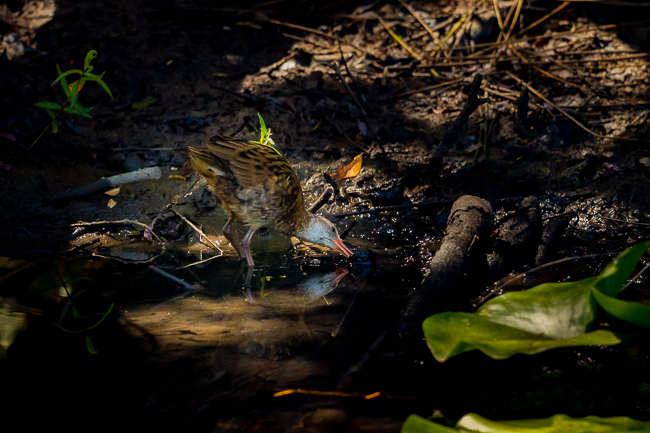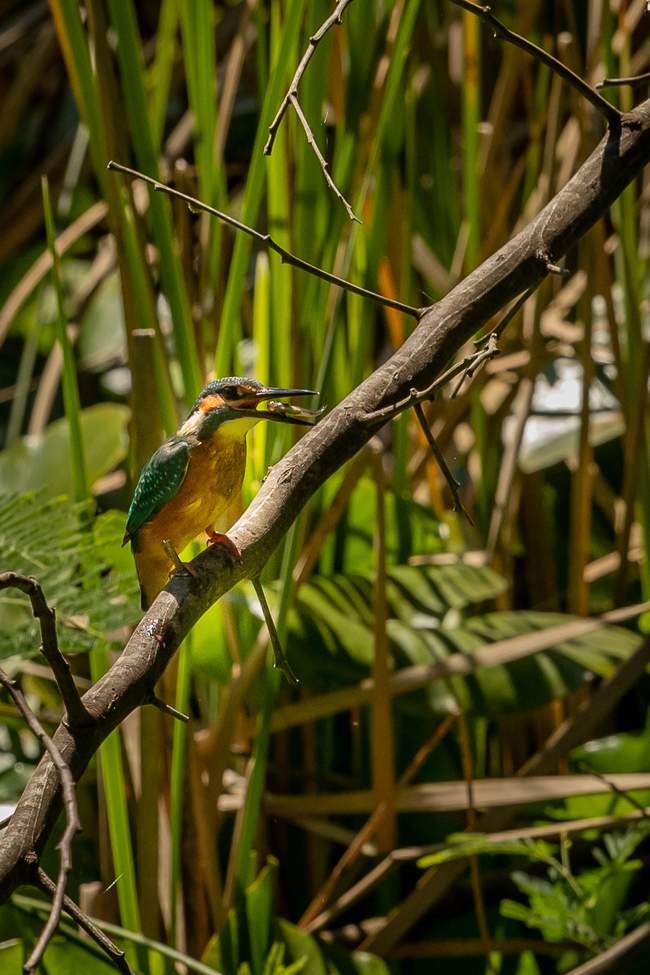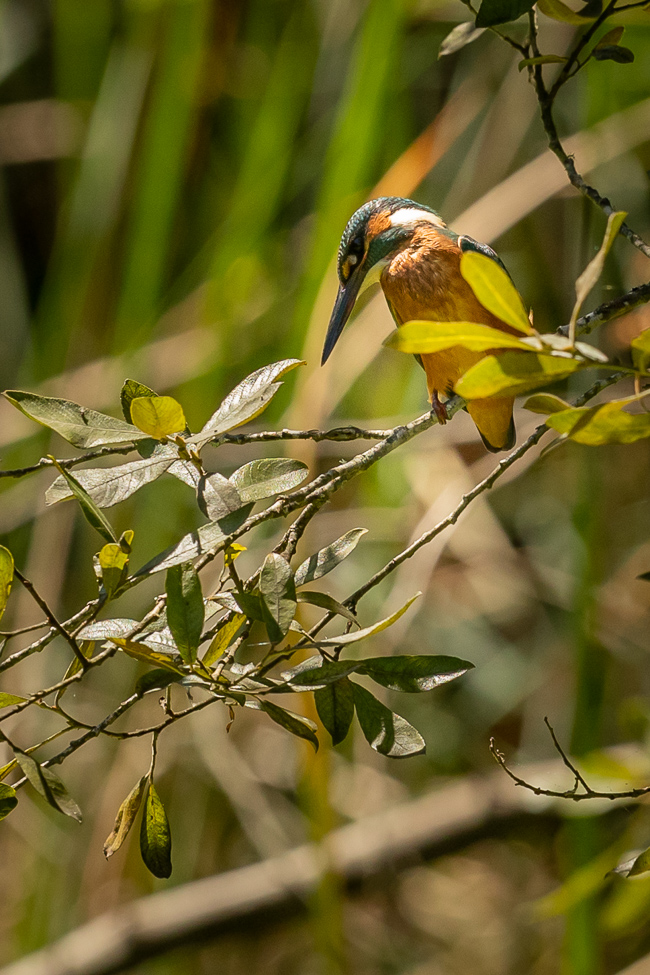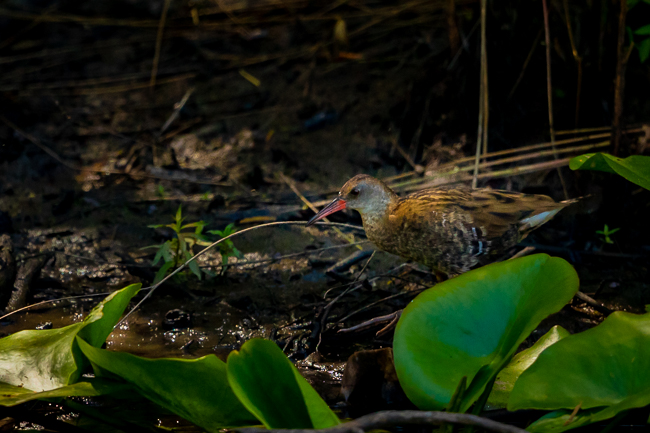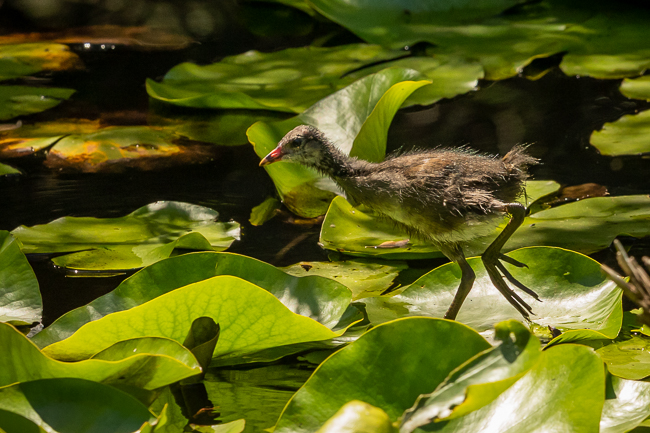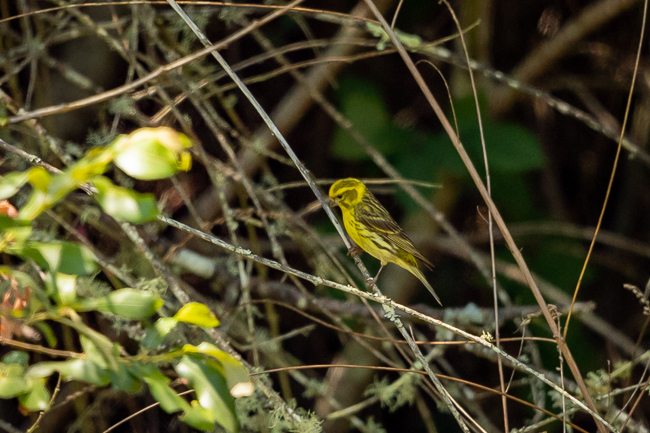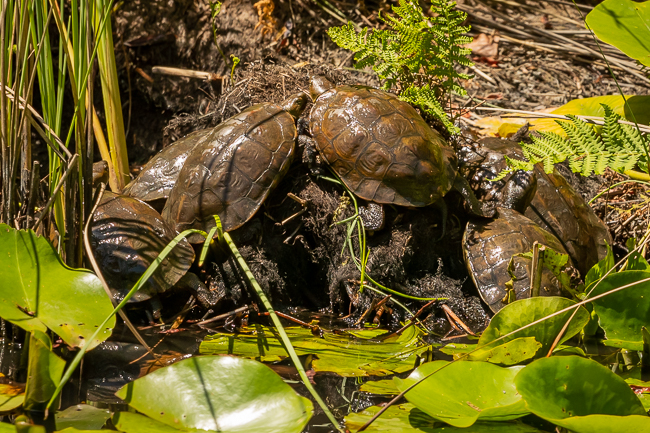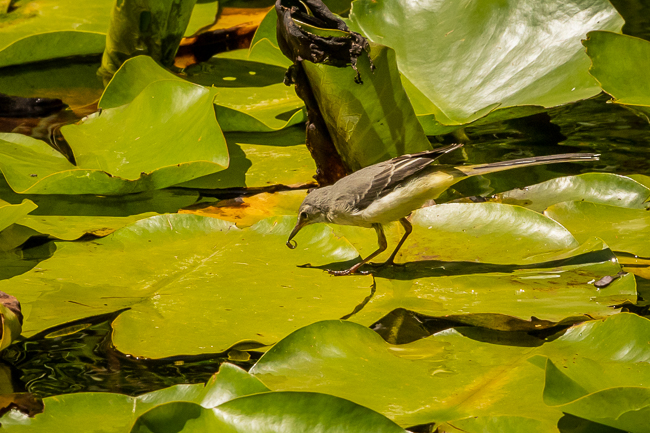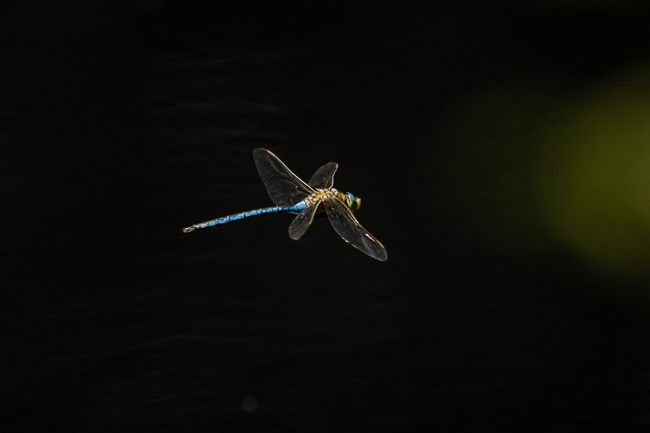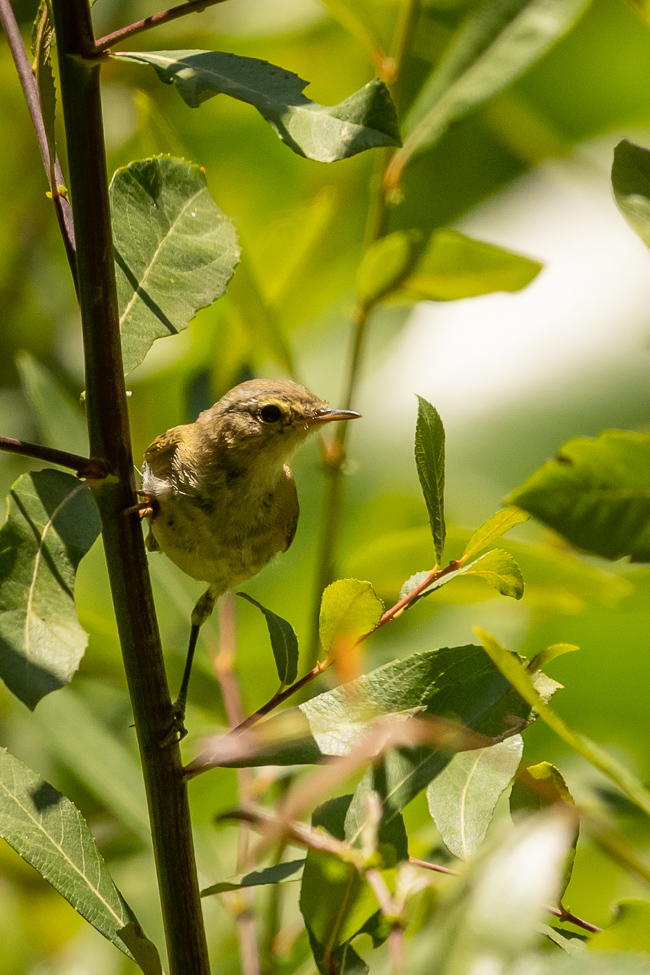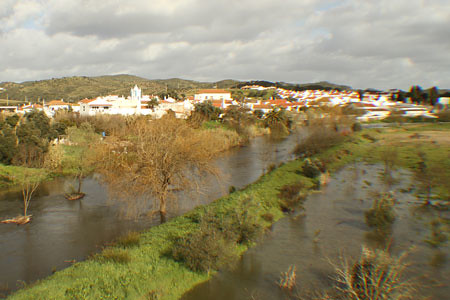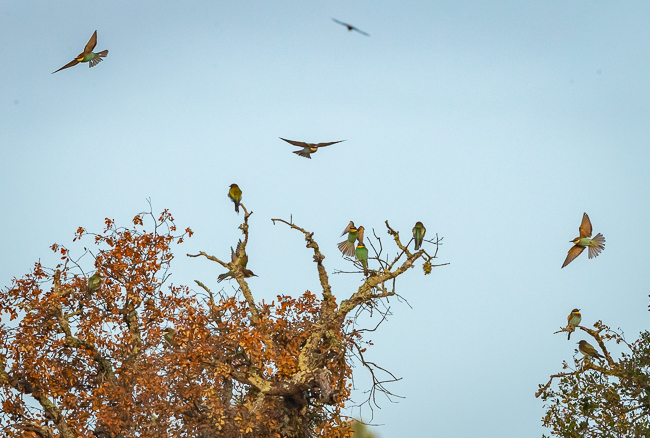
Driving out to the village this morning, the van rattling along, my mind concentrating on nothing more than the track ahead when suddenly I heard them, European Bee-eaters flying south, flying so high they were invisible to the naked eye, and, dammit, I hadn’t brought my binoculars out with me, but their burbling chirrups filled the air overhead, their last goodbyes floating in the breeze.
I saw a previous band, (flock? colony? I’ve even heard “Squadron”), a few days ago as they overnighted in Corte Brique valley. I was there before the sun had cleared the western rim the following morning, shooting the shots above and below through low-lying wisps of overnight fog tangled amongst the branches of their perches, but it wasn’t long before they were off again, ever southward.
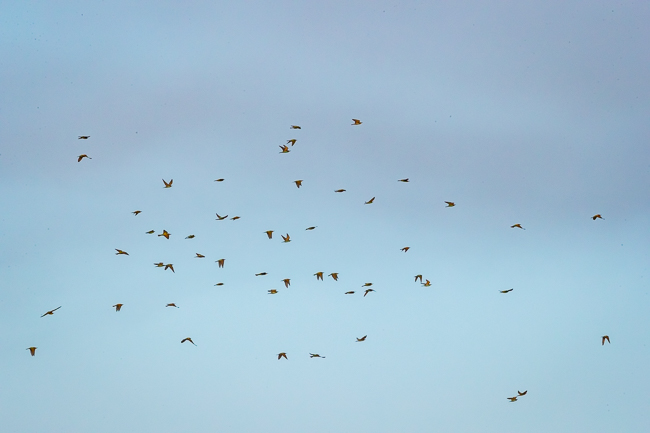
As many of the Quinta’s guests know, we’re enthusiastic birders and photographers here, and have long days in the field showing people what’s around, and I’ve been having fun with Little Owls over the last two weeks.
There’s one below if you can spot him …
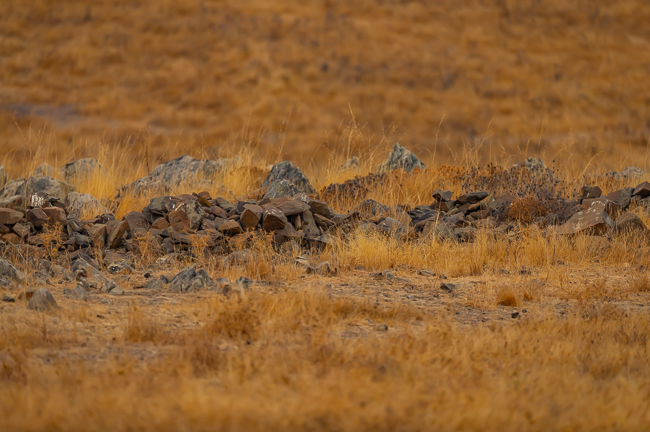
but let me make it easier, as they’re tricky little devils if they don’t want to be seen.
He’s tucked tight in below those two triangular rocks dead centre, keeping a wary eye on me.
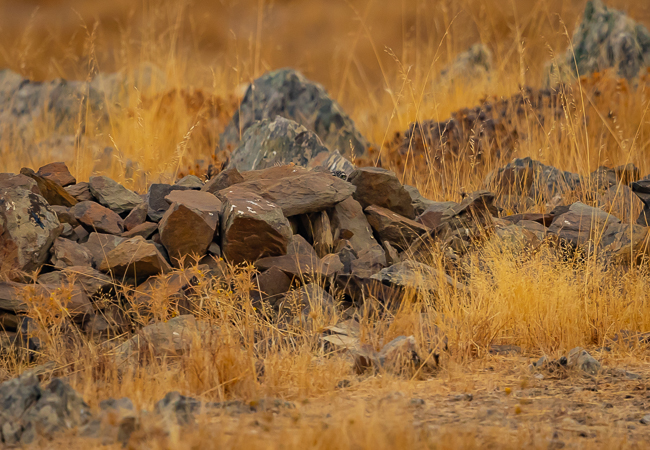
These shots are some of the Little Owls I’ve managed to photograph during the last two weeks.
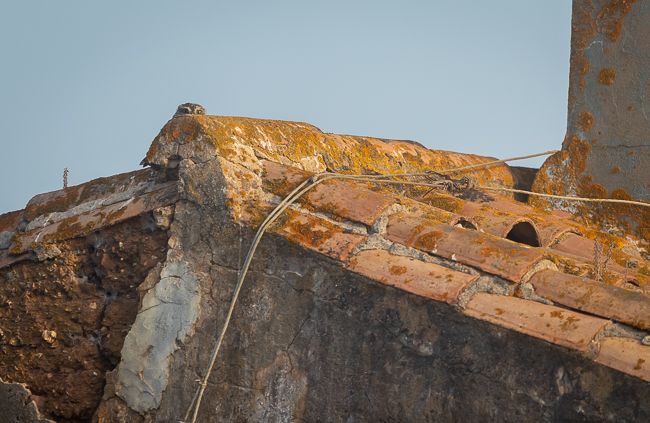
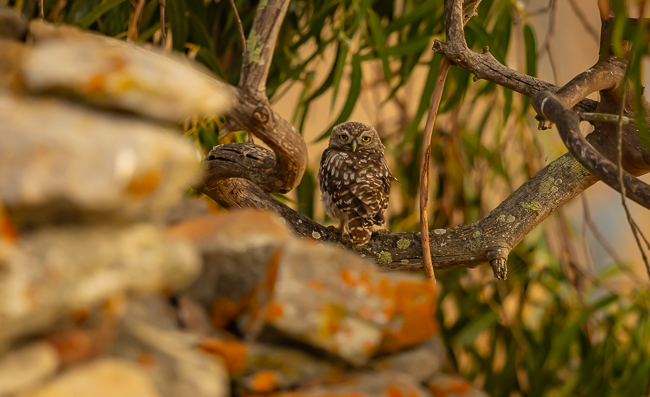
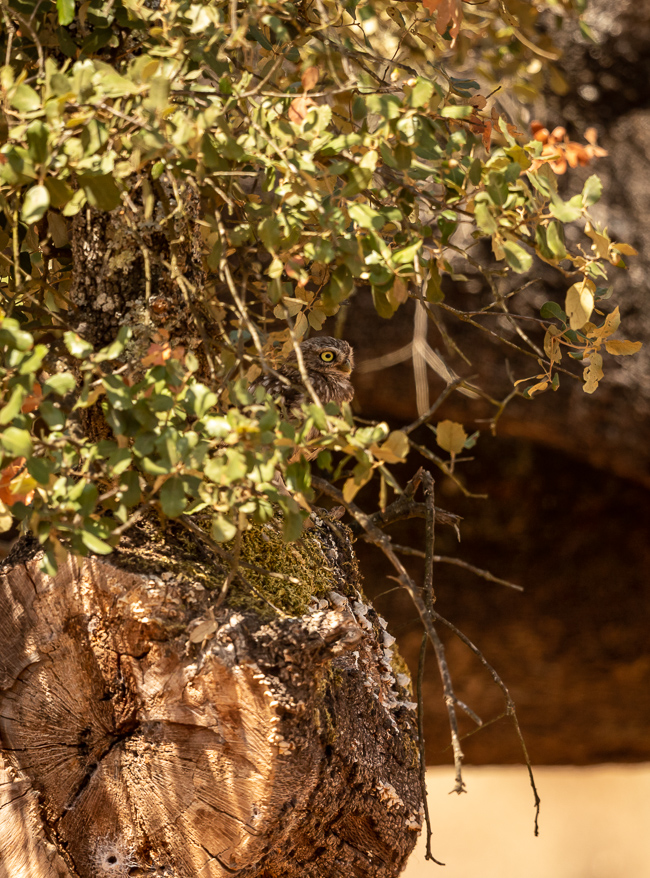
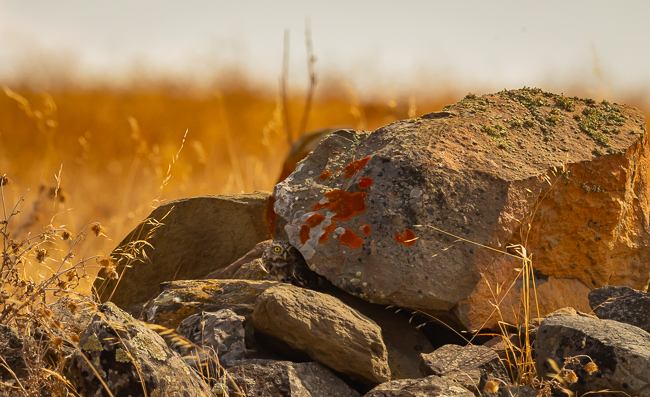
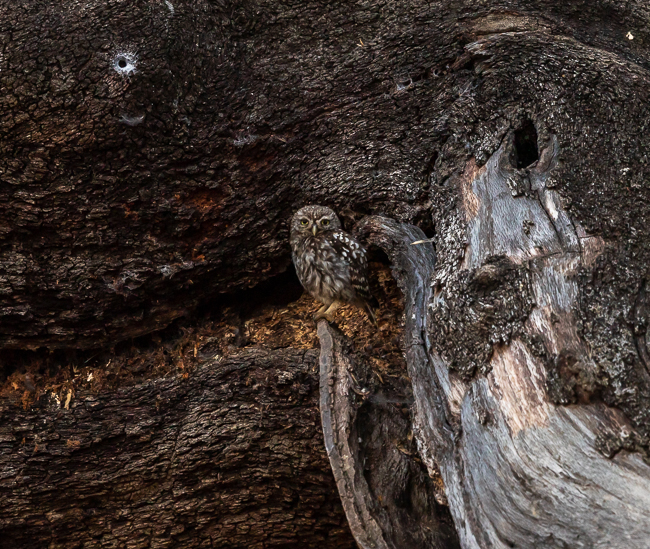
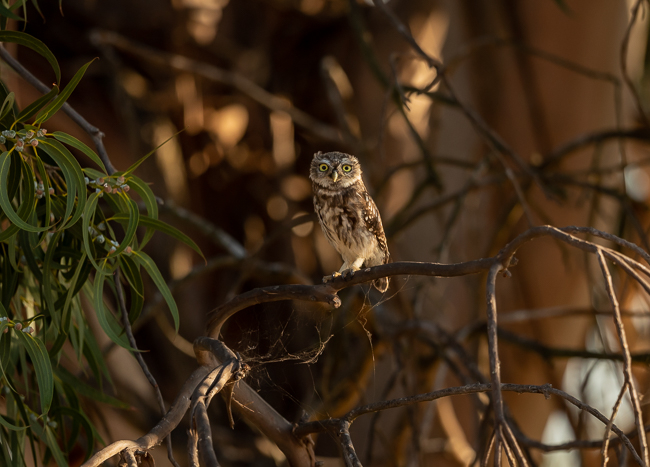
They’re always a delightful subject, and fairly thick on the ground so we must pass dozens every day without noticing them, but sometimes I’m lucky enough to find small family groups, especially during July, like the one below.
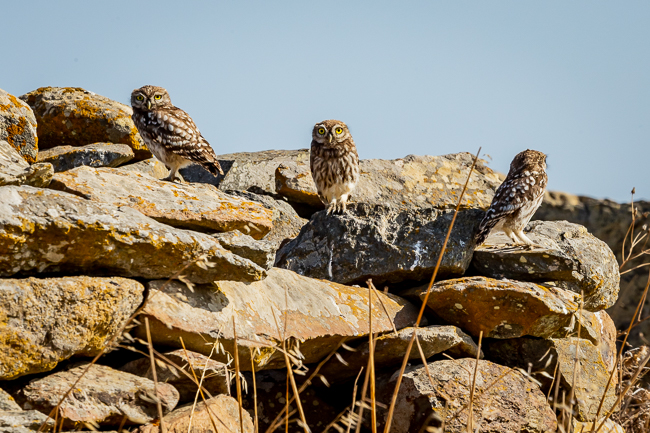
But it’s not always so easy.
Near the Quinta we have our “Water Rail and Kingfisher Hide“, and waiting down there a couple of days ago I noticed a species of bird that only passes through here on migration. It was stuck in behind the first few reeds on the opposite riverbank, stationary, preening, but I couldn’t get a clear shot.
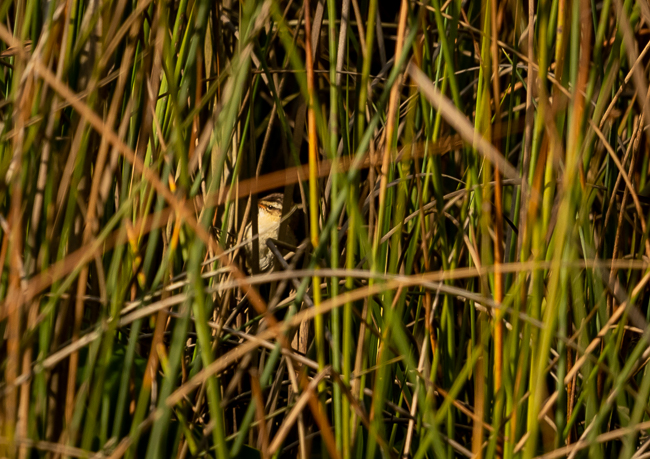
Then it started feeding and slowly made its way towards me – but always keeping just inside the first few reeds.
It was a Sedge Warbler, a regular visitor though one that is only here a few days every year. It’s small, brown, unobtrusive, shy and another master of inconspicuosity.
I dearly wanted to get a good shot, but it was invisible to the naked eye and if I tracked it with my binoculars I might miss the shot if it popped out into the open, so I had to follow it carefully with my camera lens.
My camera and lens are heavy, just under 5.5 kgs, (over 11.5 lbs), and I hadn’t brought my monopod with me. How I cursed quietly under my breath over the next 15 minutes as I struggled to hold its flitting passage through the reeds.
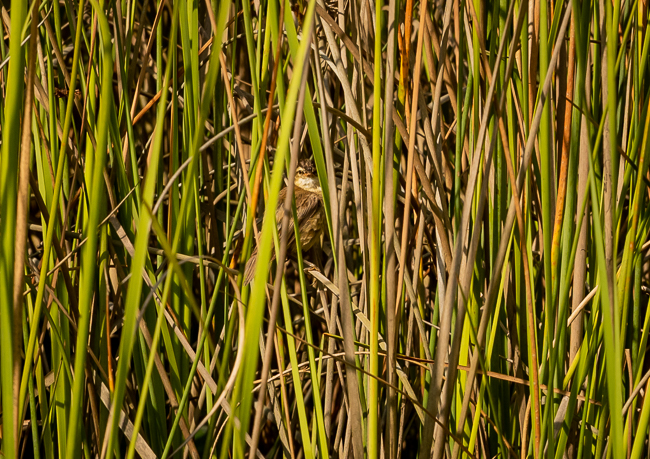
My forearms ached as I followed it slowly ever closer … but then, sadly, it turned, and before long was lost in the deeper reeds.
I never did get a clear view, the best being that below, enough for a clear identification, but not enough for me.
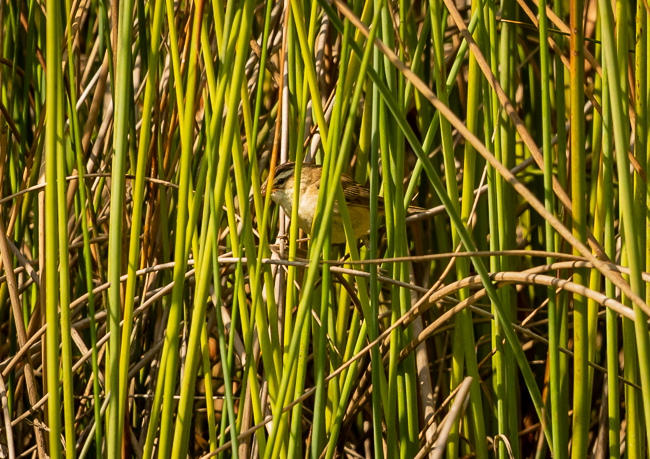
Ahh, well, it just means I’ll have to go down there again, doesn’t it? Next time I’ll remember my monopod!
Despite the awful news that we’re flooded with every day, it is, still, a wonderful world! We must re-double our efforts to leave it intact to our children.
